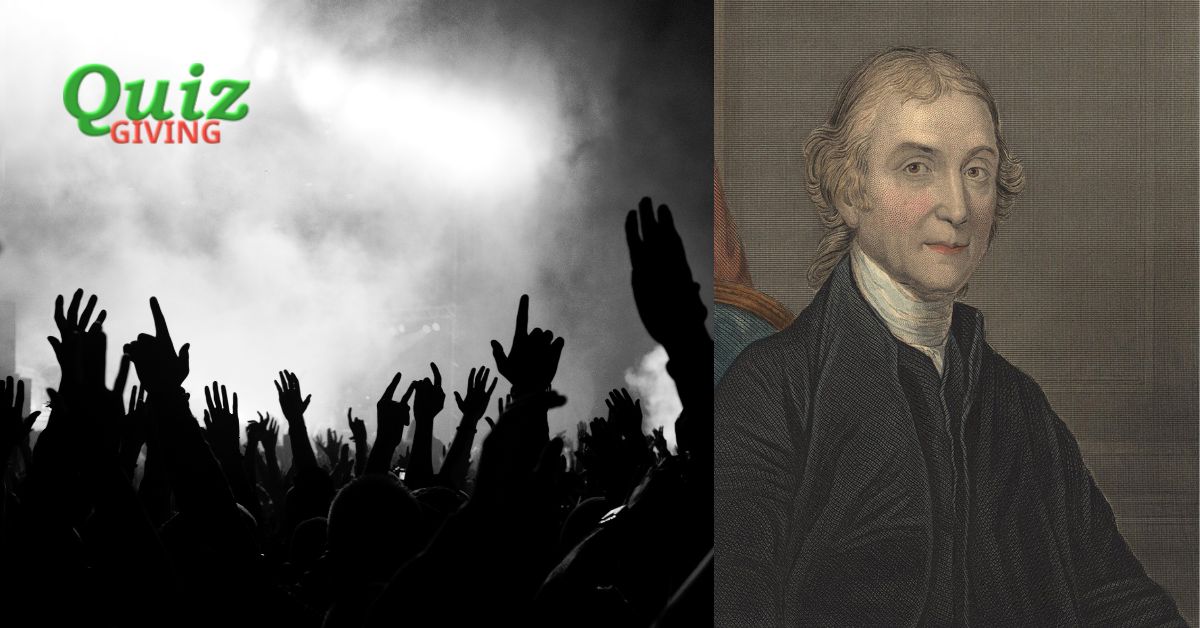Step back in time and delve into the intriguing history of the Priestley Riots, a significant event that unfolded during the late 18th century. This quiz will test your knowledge about the political pugnacity that engulfed Birmingham, England, in 1791. Discover the fascinating details surrounding this tumultuous period and see how well you fare in unraveling its complexities.
The Priestley Riots were named after Joseph Priestley, a renowned scientist and religious dissenter who became a target of the mob’s fury. Explore the reasons behind the riots and the underlying political tensions that fueled the violence. Uncover the clash between religious factions and the radical political ideologies that were prevalent during this era.

